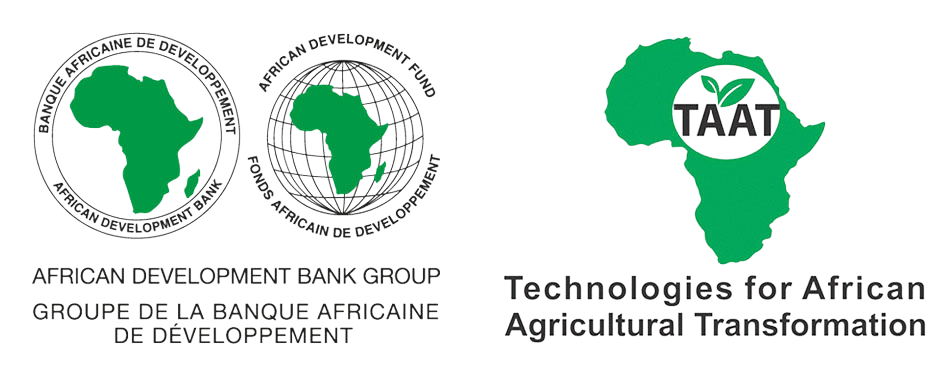

Empower the soil data community with best practice tools and lessons learned for a sustainable SIS!
The SIS framework developed by CABI and ISRIC provides structured guidelines for designing and developing a soil information system, incorporating financial, institutional, capacity and technological aspects. The SIS framework has four phases: initiation, planning and design, implementation and operational. Each phase contains suggested activities, accompanied by guiding questions, recommended tools and supporting resources to make the process as practical and as easily useable as possible.
This technology is validated.
Adults 18 and over: Positive medium
By delivering accurate soil data in a FAIR manner, users can improve soil health through better land management practices, leading to increased yields, profits, and economic benefits.
The poor: Positive medium
SISs offer users cost-effective and practical solutions to improve productivity, soil health, and income.
Women: Positive medium
By offering precise soil data in a FAIR manner, female users can improve land management practices, boosting productivity and profitability, and fostering greater collaboration among practitioners.
Climate adaptability: Highly adaptable
SISs are flexible and can adjust to shifting environmental conditions.
Farmer climate change readiness: Moderate improvement
SISs support improved decision-making and agricultural practices in response to the effects of climate change.
Biodiversity: Positive impact on biodiversity
Implementing a SIS can reduce soil pollution and excessive fertilizer use, while also safeguarding nature and biodiversity.
Carbon footprint: Much less carbon released
The carbon footprint of a SIS is smaller than that of other technologies. It helps lower emissions indirectly by encouraging improved soil management and supporting informed decision-making.
Environmental health: Greatly improves environmental health
By reducing the reliance on machinery and chemicals, SISs help decrease carbon emissions and improves environmental health.
Soil quality: Improves soil health and fertility
SISs can support the preservation of soil fertility and productivity over the long term.
Water use: Same amount of water used
The SIS Framework, provides structured guidance for designing and developing a Soil Information System (SIS). It ensures a holistic approach by integrating financial, institutional, capacity, and technological aspects, making SISs sustainable, user-oriented, and impactful. This framework helps governments and institutions create resilient SISs that effectively support land management, agricultural productivity, and environmental sustainability.
To develop or enhance a Soil Information System (SIS) using the SIS Framework, consider the following steps:
By following these steps and leveraging the SIS Framework, decision-makers can establish robust and sustainable Soil Information Systems that drive better land management, agricultural productivity, and environmental resilience.
SIS roadmap development workshops, depending on needs.
Open source / open access
Scaling Readiness describes how complete a technology’s development is and its ability to be scaled. It produces a score that measures a technology’s readiness along two axes: the level of maturity of the idea itself, and the level to which the technology has been used so far.
Each axis goes from 0 to 9 where 9 is the “ready-to-scale” status. For each technology profile in the e-catalogs we have documented the scaling readiness status from evidence given by the technology providers. The e-catalogs only showcase technologies for which the scaling readiness score is at least 8 for maturity of the idea and 7 for the level of use.
The graph below represents visually the scaling readiness status for this technology, you can see the label of each level by hovering your mouse cursor on the number.
Read more about scaling readiness ›
Uncontrolled environment: validated
Used by some intended users, in the real world
| Maturity of the idea | Level of use | |||||||||
| 9 | ||||||||||
| 8 | ||||||||||
| 7 | ||||||||||
| 6 | ||||||||||
| 5 | ||||||||||
| 4 | ||||||||||
| 3 | ||||||||||
| 2 | ||||||||||
| 1 | ||||||||||
| 1 | 2 | 3 | 4 | 5 | 6 | 7 | 8 | 9 | ||
| Country | Testing ongoing | Tested | Adopted |
|---|---|---|---|
| Egypt | Testing ongoing | –Not tested | –Not adopted |
| Ghana | –No ongoing testing | Tested | Adopted |
| Kenya | –No ongoing testing | Tested | Adopted |
| Liberia | Testing ongoing | –Not tested | –Not adopted |
| Nigeria | Testing ongoing | –Not tested | –Not adopted |
| Sierra Leone | Testing ongoing | –Not tested | –Not adopted |
| Tanzania | Testing ongoing | –Not tested | –Not adopted |
| Togo | –No ongoing testing | Tested | Adopted |
| Zambia | –No ongoing testing | Tested | Adopted |
This technology can be used in the colored agro-ecological zones. Any zones shown in white are not suitable for this technology.
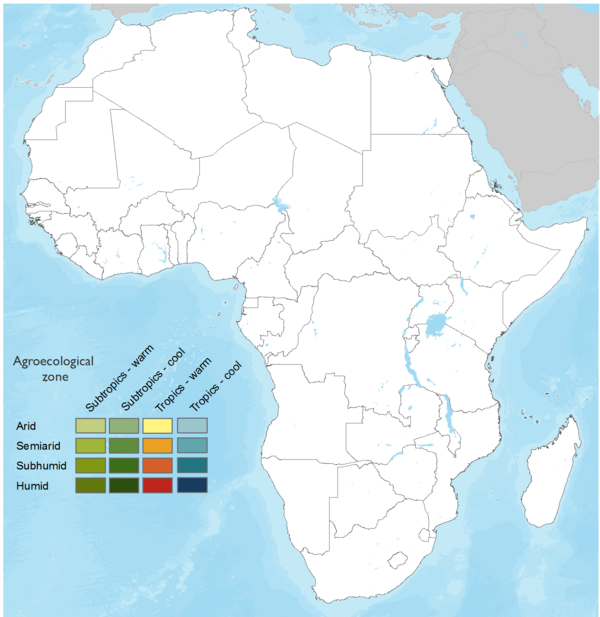
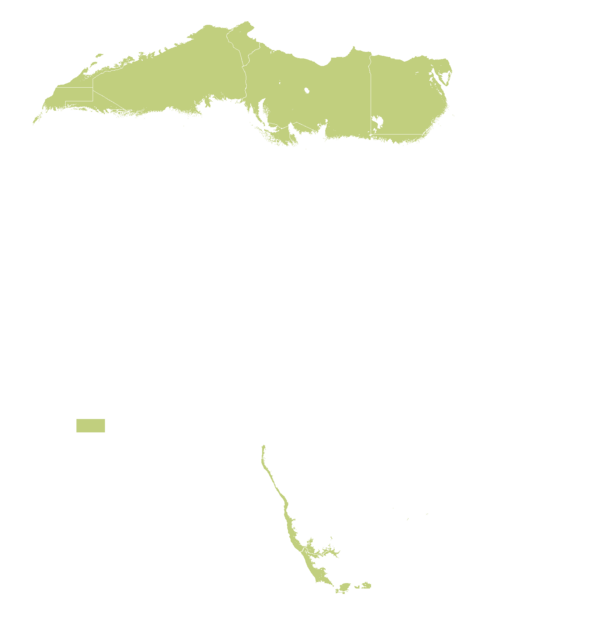

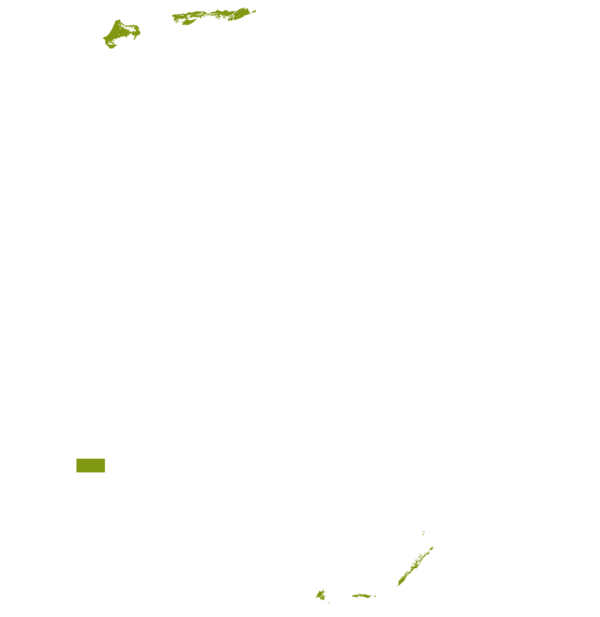
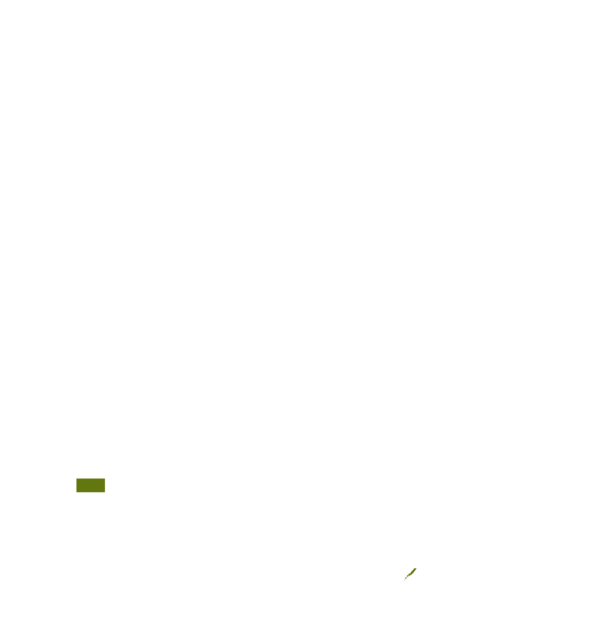

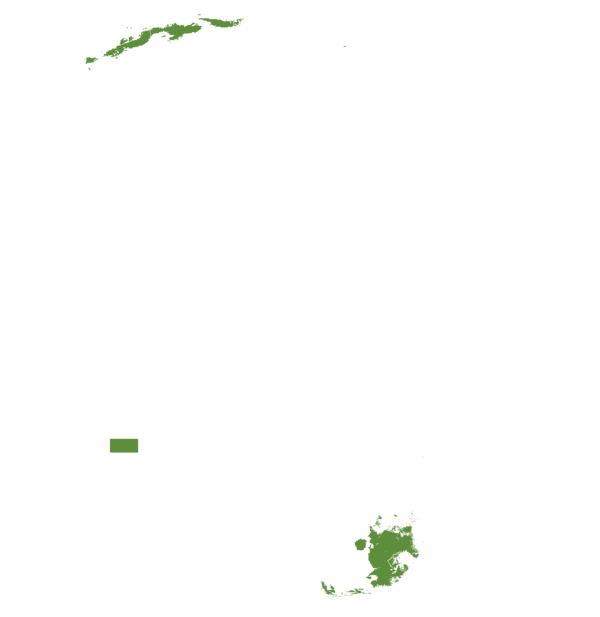
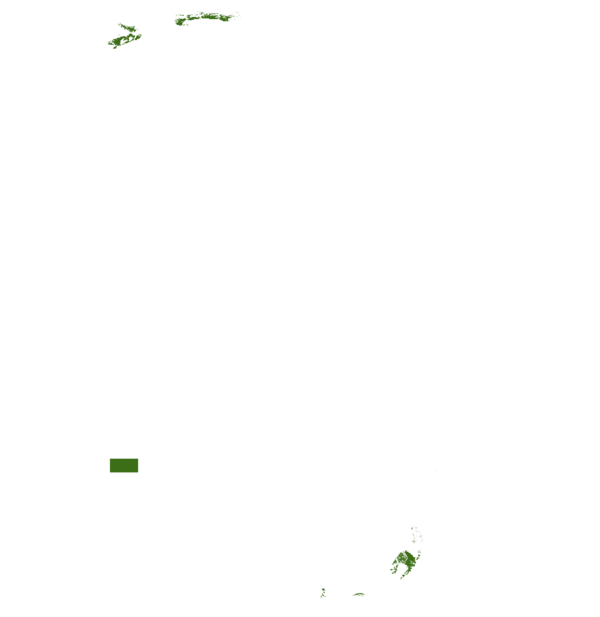

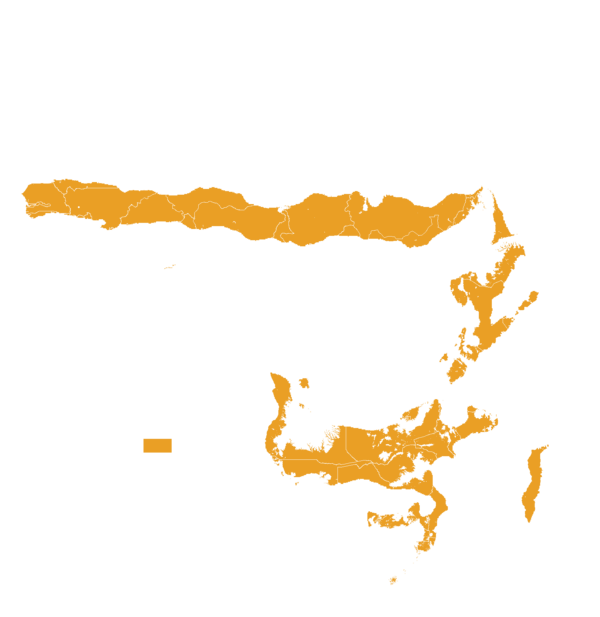
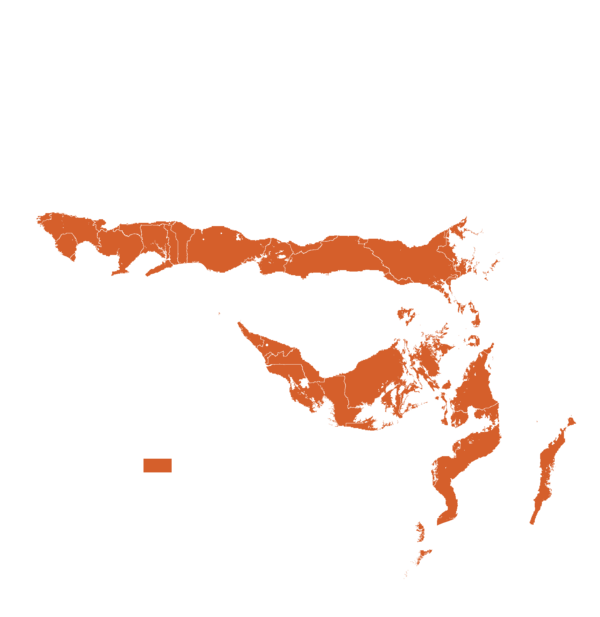

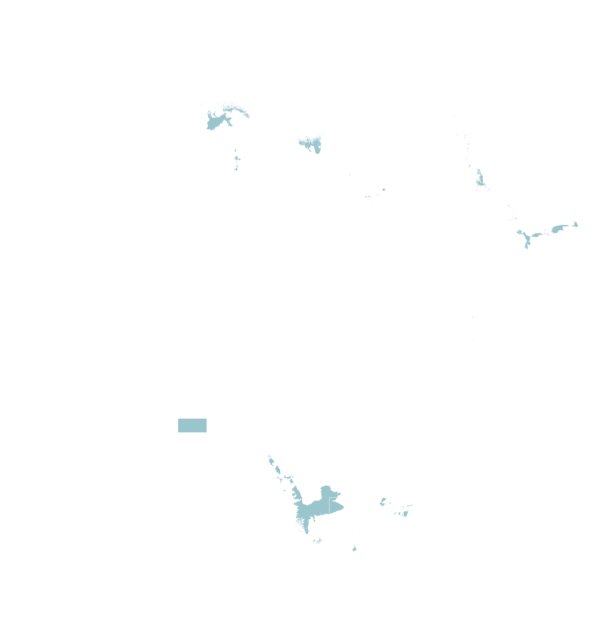

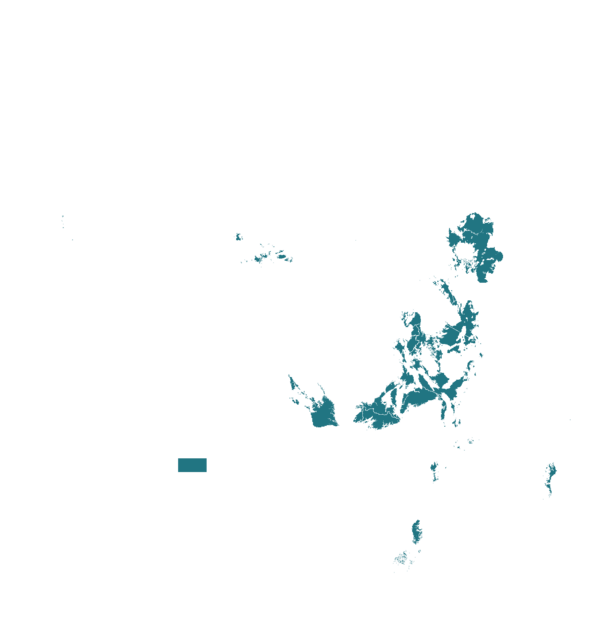
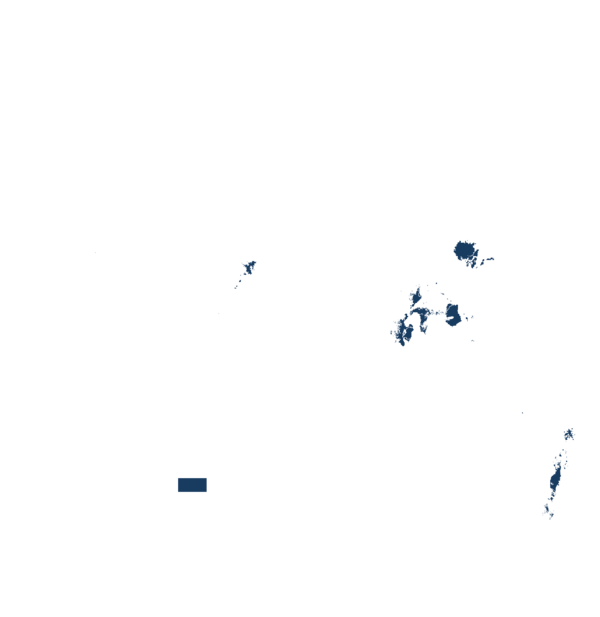
| AEZ | Subtropic - warm | Subtropic - cool | Tropic - warm | Tropic - cool |
|---|---|---|---|---|
| Arid | ||||
| Semiarid | ||||
| Subhumid | ||||
| Humid |
Source: HarvestChoice/IFPRI 2009
The United Nations Sustainable Development Goals that are applicable to this technology.
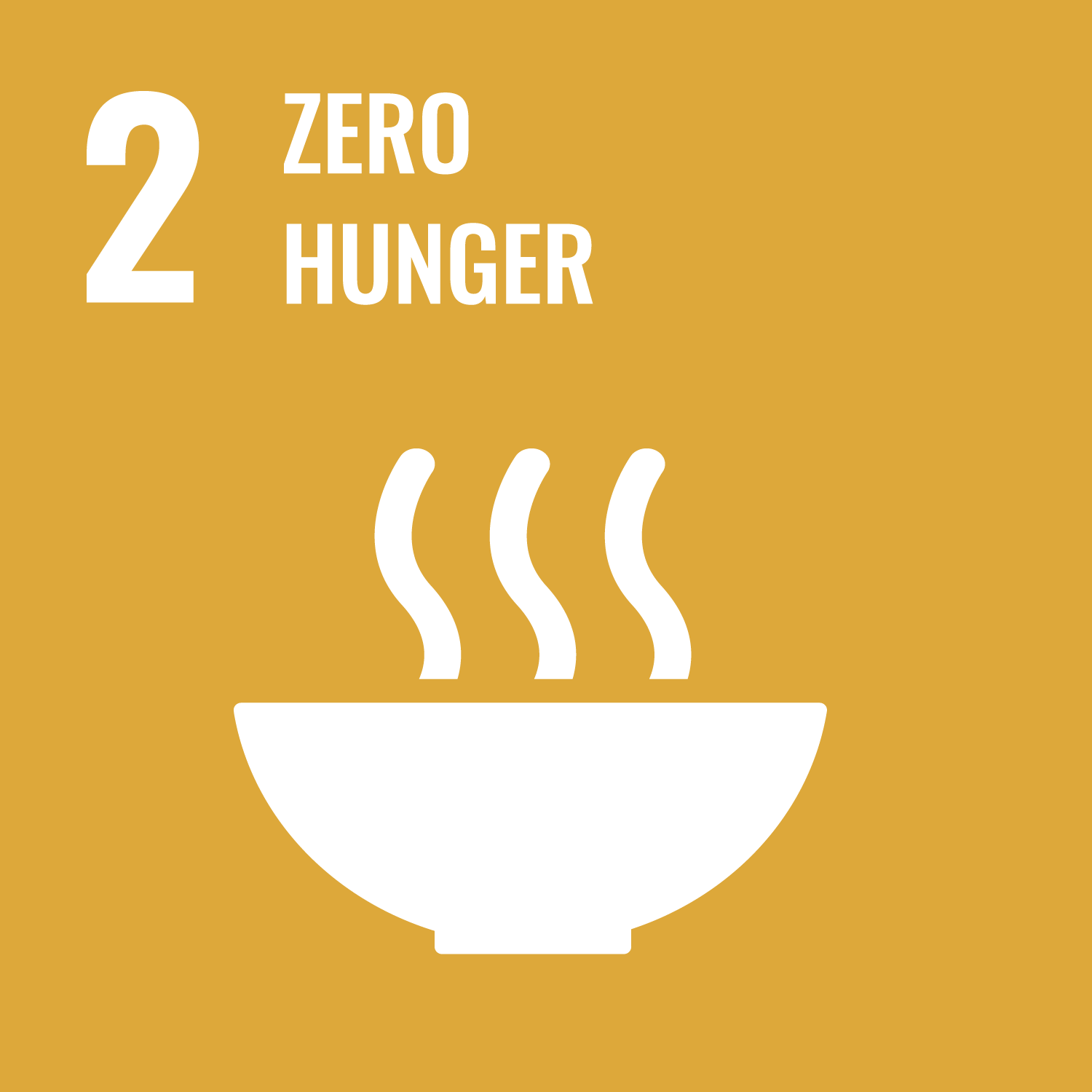
A SIS empower policymakers, intergovernmental organizations, and other stakeholders to strengthen soil management policies, prioritize interventions, and contribute to broader objectives concerning food security and production.
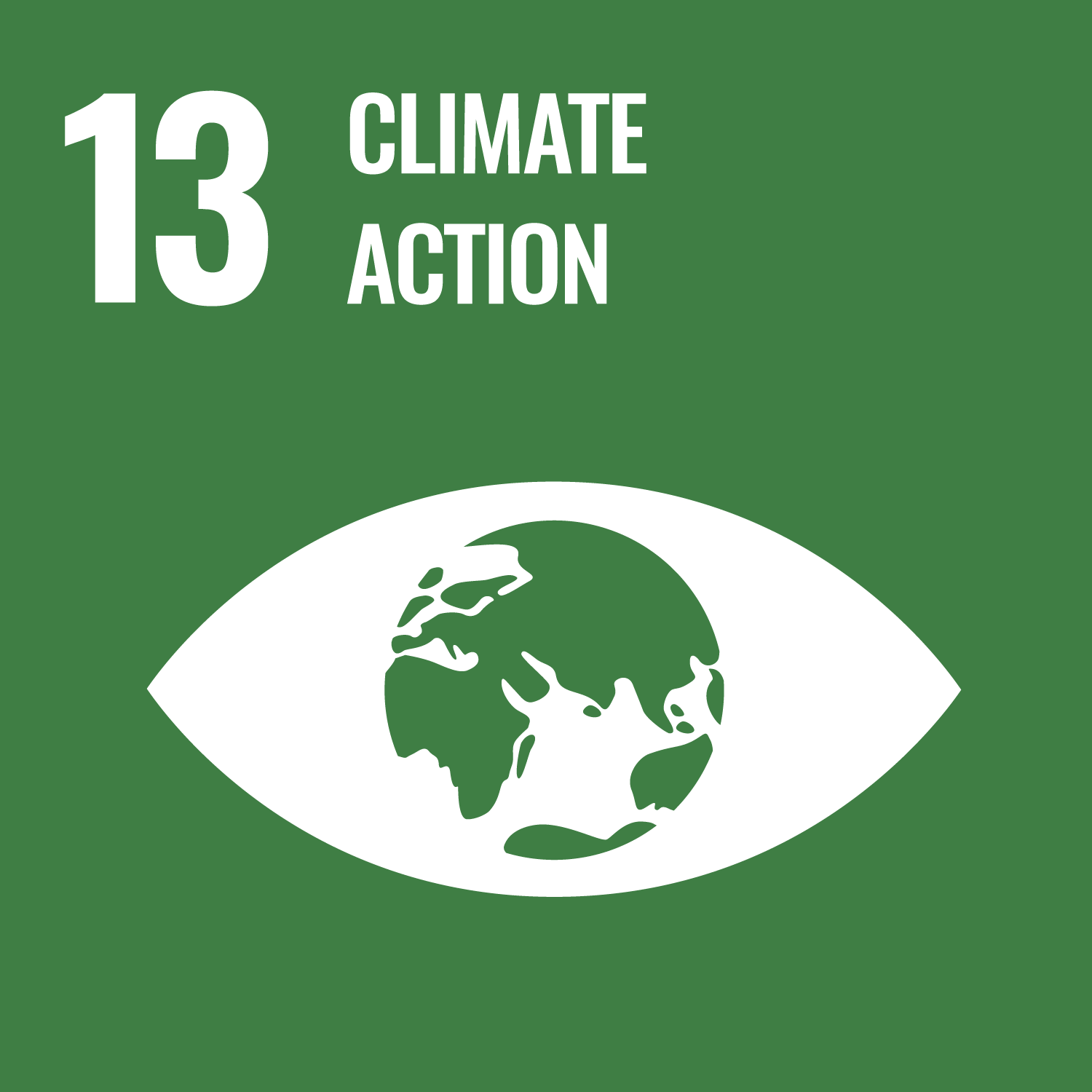
A SIS improve agricultural practices and land management. By combining these efforts, we can reduce the impacts of climate change.
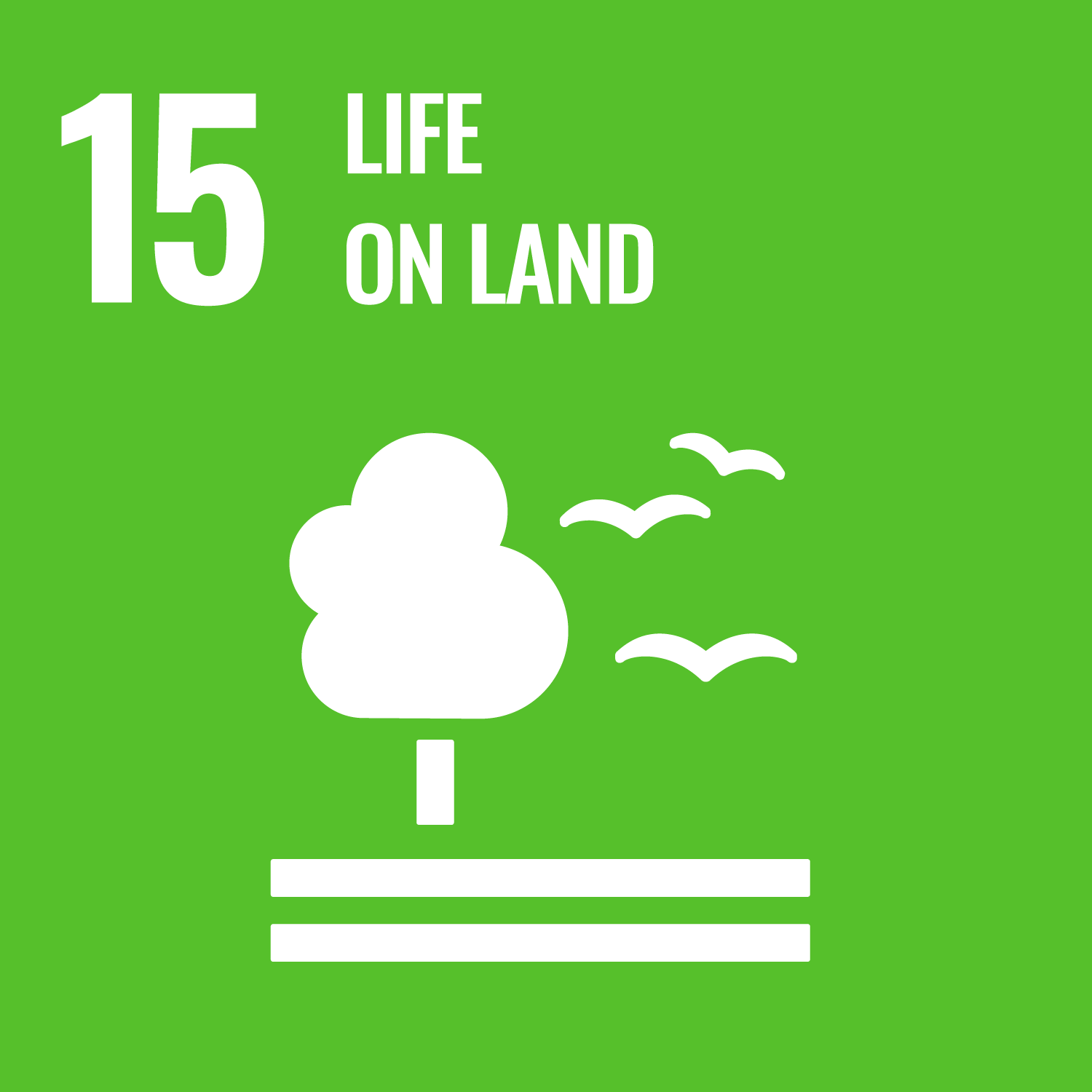
SISs aid in preventing soil degradation by offering accurate soil information, which supports the effective allocation of resources and the implementation of suitable interventions.
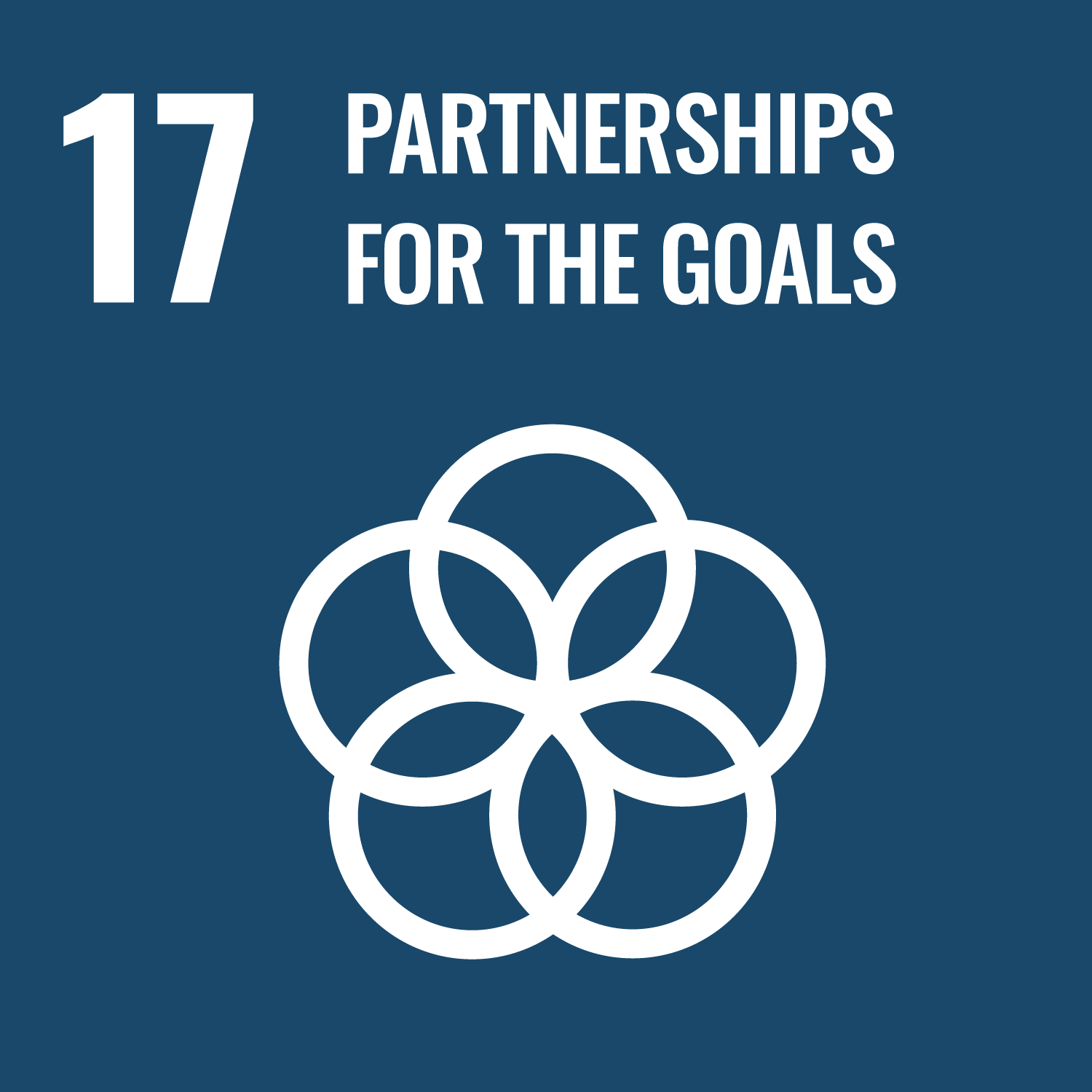
The goal of the SIS framework and the workshop is to bring together different initiatives and foster partnerships.
Another helpful way to engage with the SIS framework is through SIS roadmap development workshops, facilitated by CABI and ISRIC, to identify the priority activities and co-create a strategic path forward specific to the country's context.
Last updated on 3 July 2025